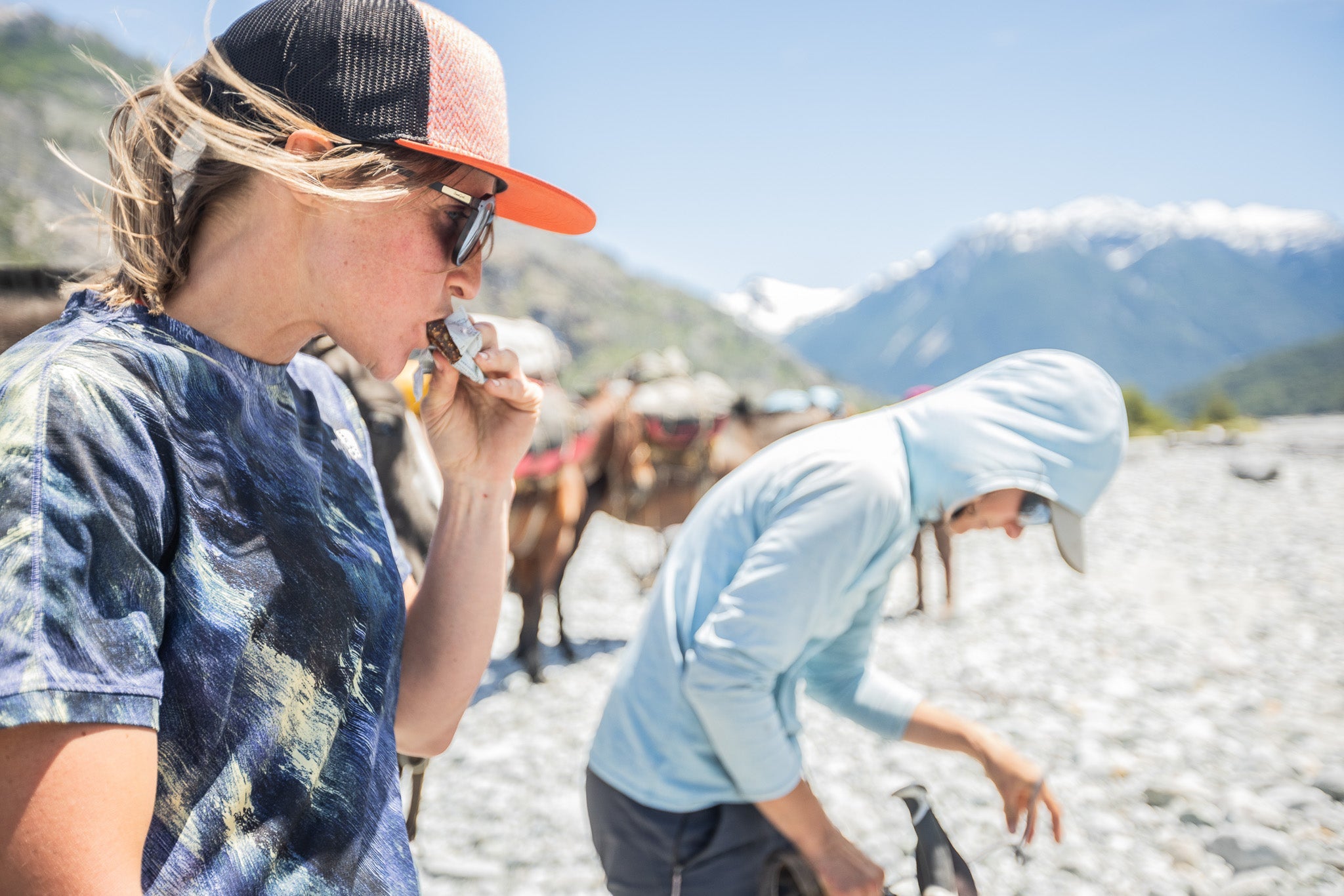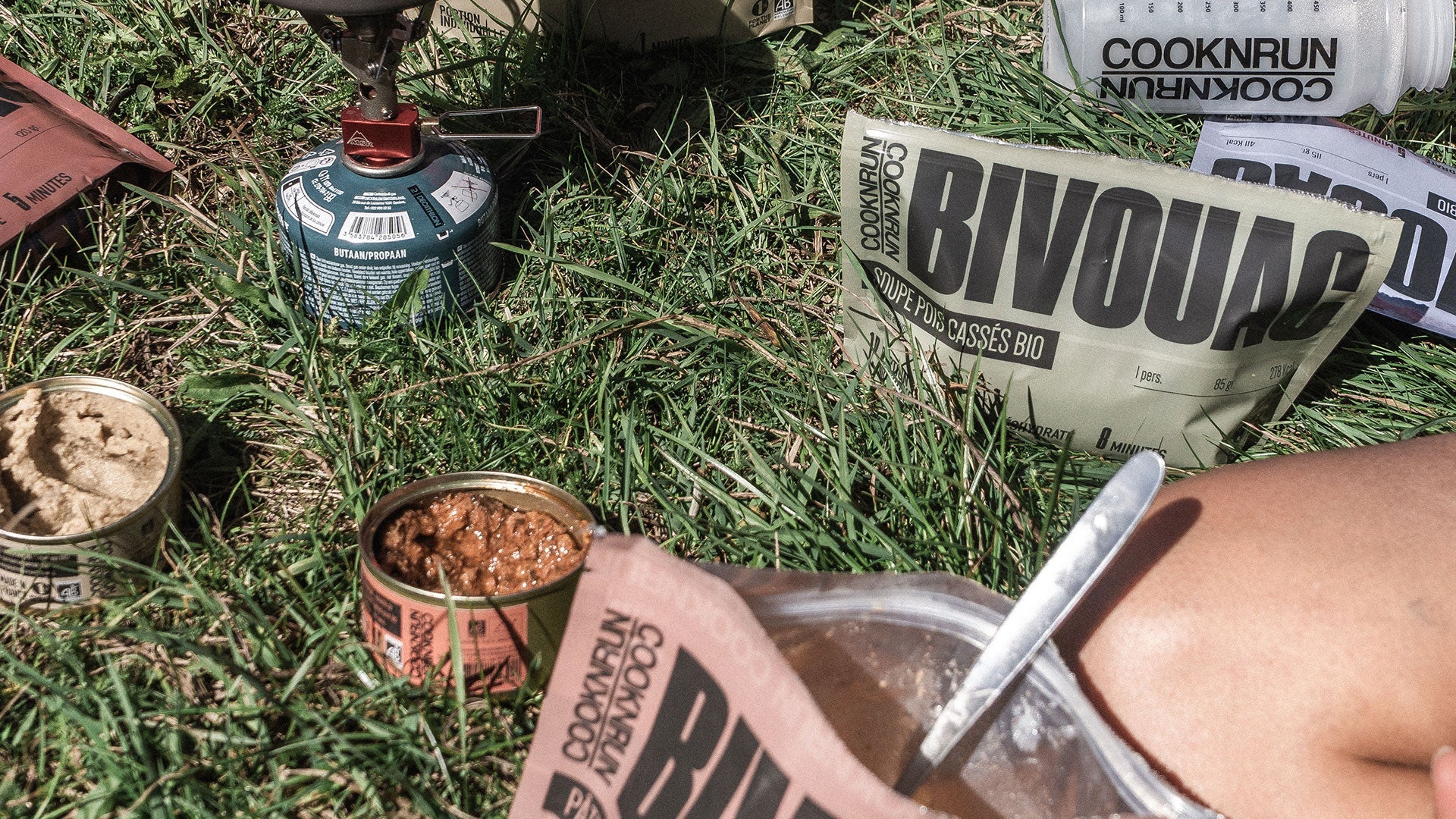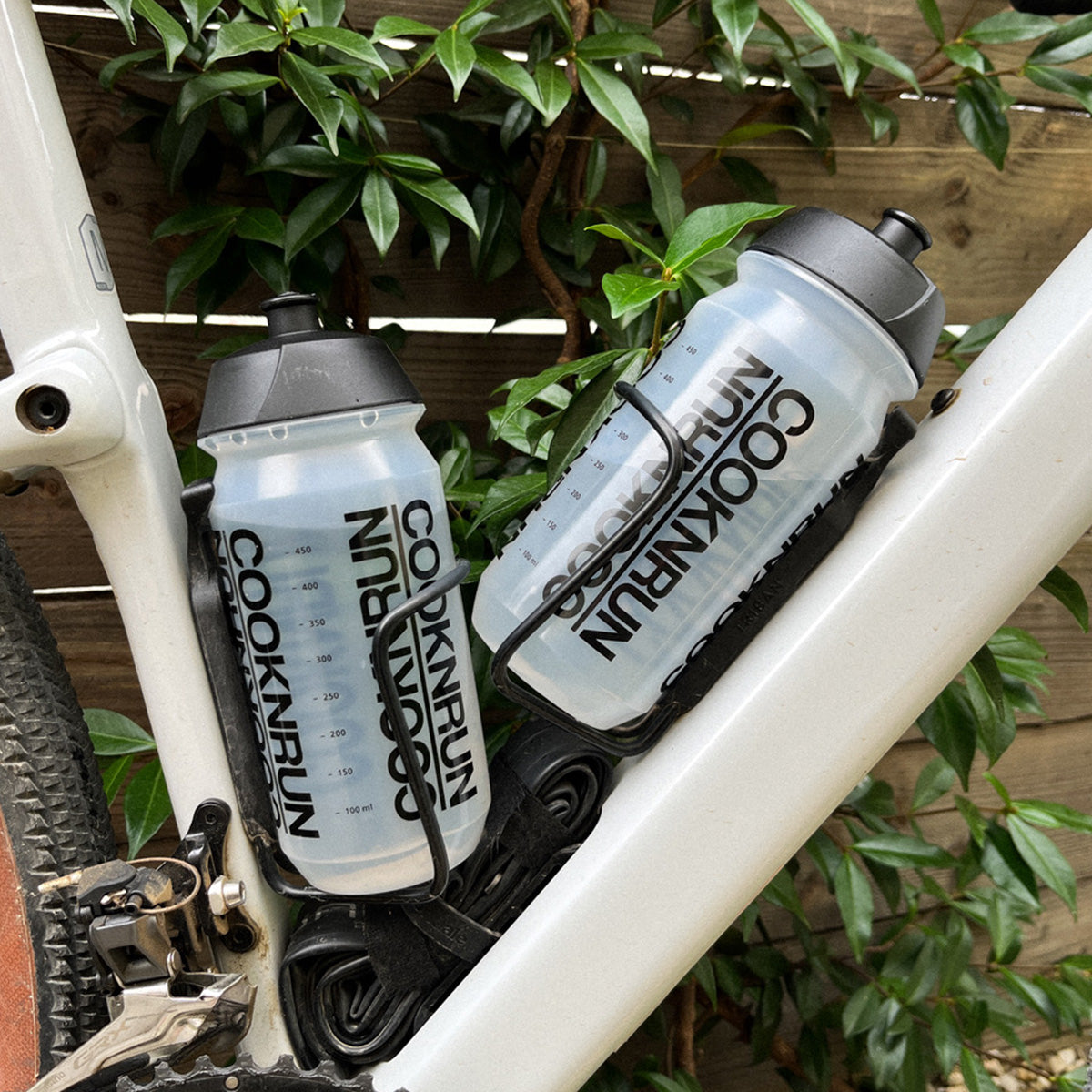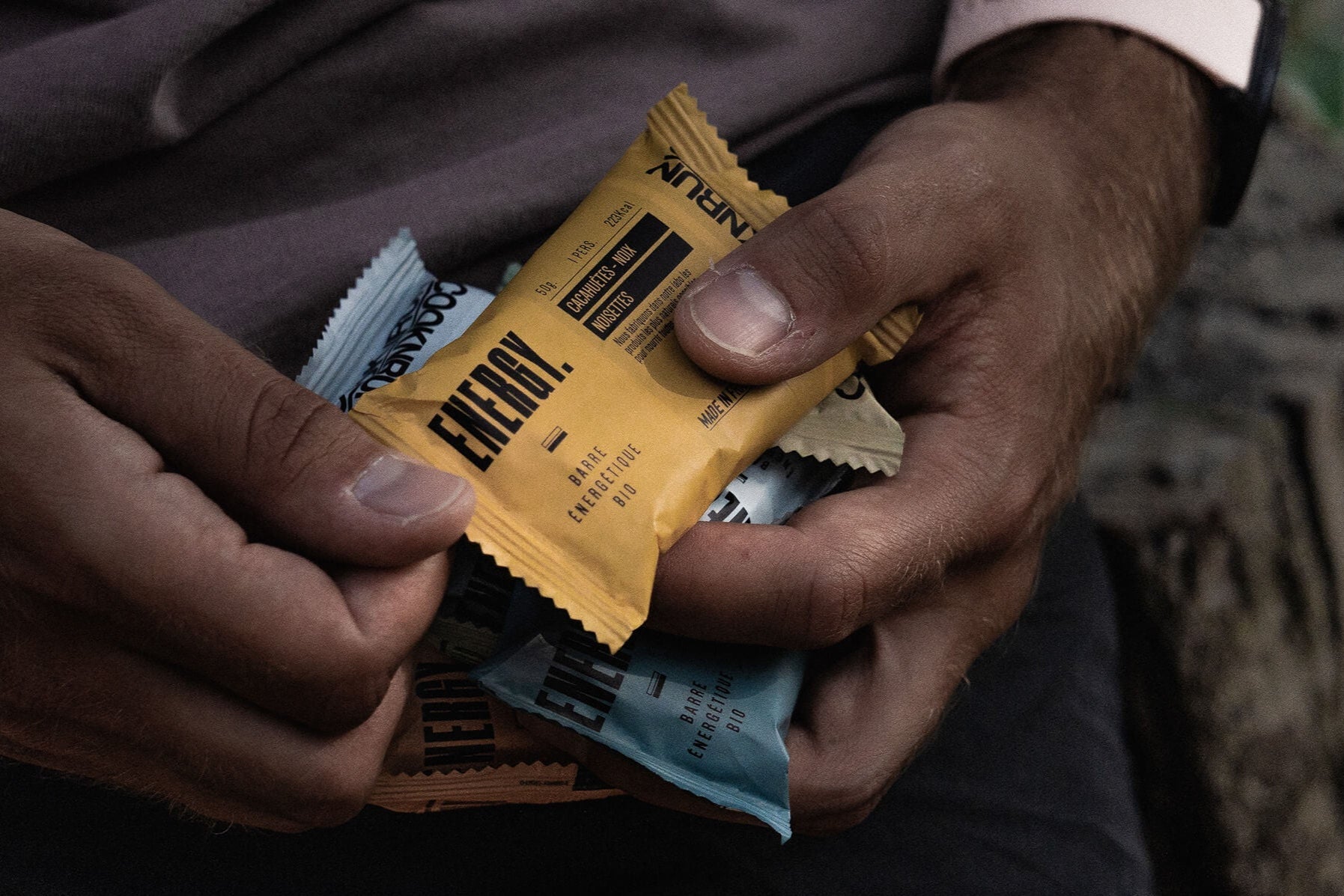🏔️ How to manage your diet at high altitude?
Whether you're trekking in the Alps, going on an expedition in the Himalayas, or heading off on a high-altitude adventure, your diet plays a crucial role in maintaining your energy, preventing acute mountain sickness (AMS), and optimizing your performance.
❓What is high altitude?
High altitude is generally defined as 2,500 meters or above .
-
Between 1,500 and 2,500 m , we enter a so-called medium altitude zone, where the physiological effects begin to be felt in certain sensitive people.
-
From 2,500 m , the effects of hypoxia (lack of oxygen) become significant for the majority.
-
Above 3,500 m , the risk of MAM increases sharply.
👉 From 2,500 m, it becomes relevant to adapt your diet to compensate for the drop in performance, loss of appetite and increased water and energy needs.
Here are our tips for eating well at high altitude:
💧 Hydrate yourself more
At altitude, the air is drier, and accelerated breathing leads to increased water loss. In addition, the sensation of thirst decreases, increasing the risk of dehydration.
It is therefore essential to drink regularly, even if you don't feel thirsty. Start increasing your water intake 24 hours before the climb and continue throughout your stay.
💡 Tip: Monitor the color of your urine – it should remain clear.
🍞 Focus on carbohydrates
Altitude increases basal metabolic rate, which increases energy needs.
Carbohydrates are a readily available source of energy and require less oxygen to metabolize than fats or proteins.
Consider complex carbohydrates (pasta, rice, whole grains) and quick snacks (energy bars, dried fruit) to maintain good energy levels.
🥩 Increase your iron intake
Acclimatization stimulates the production of red blood cells, which require iron.
Before leaving, be sure to include iron-rich foods (red meat, legumes, green vegetables) in your diet. If necessary, consider taking a supplement, but always consult a doctor.
🥜 Eat foods with high energy density
The altitude cuts the appetite, sometimes from 2,500 m.
Focus on high-calorie, nutritious snacks like nuts, dark chocolate,COOKNRUN bars , dried meat, or concentrated fruit purees. They're low in volume and high in energy.
🥦 Incorporate antioxidants
Exposure to altitude promotes oxidative stress. To limit its effects, include foods rich in antioxidants: red fruits, colorful vegetables, cocoa, green tea, and our granolas rich in seeds and dried fruits.
🧂 Maintain electrolyte balance
By sweating more, we lose electrolytes (sodium, potassium, magnesium). Consider adding electrolyte tablets or powders to your water, or consuming sports drinks containing these minerals.
🥣 Split your meals
If you lose your appetite, divide your meals into smaller portions every 2 to 3 hours.
Easy-to-digest foods like purees, instant soups, or energy balls are ideal.
🥘 Prepare suitable meals
In the mountains, simplicity and lightness are essential.
Freeze-dried meals , soups, and purees are ideal. Add a source of protein (dried meat, dried eggs, chickpeas) and a good portion of carbohydrates.
At high altitude, a good diet helps you acclimatize better, avoid energy dips, and fully enjoy the adventure.
Stay hydrated, eat carbohydrates, boost your iron and electrolyte intake, and listen to your body.
And for practical and organic snacks, we'll let you wander around our store!









